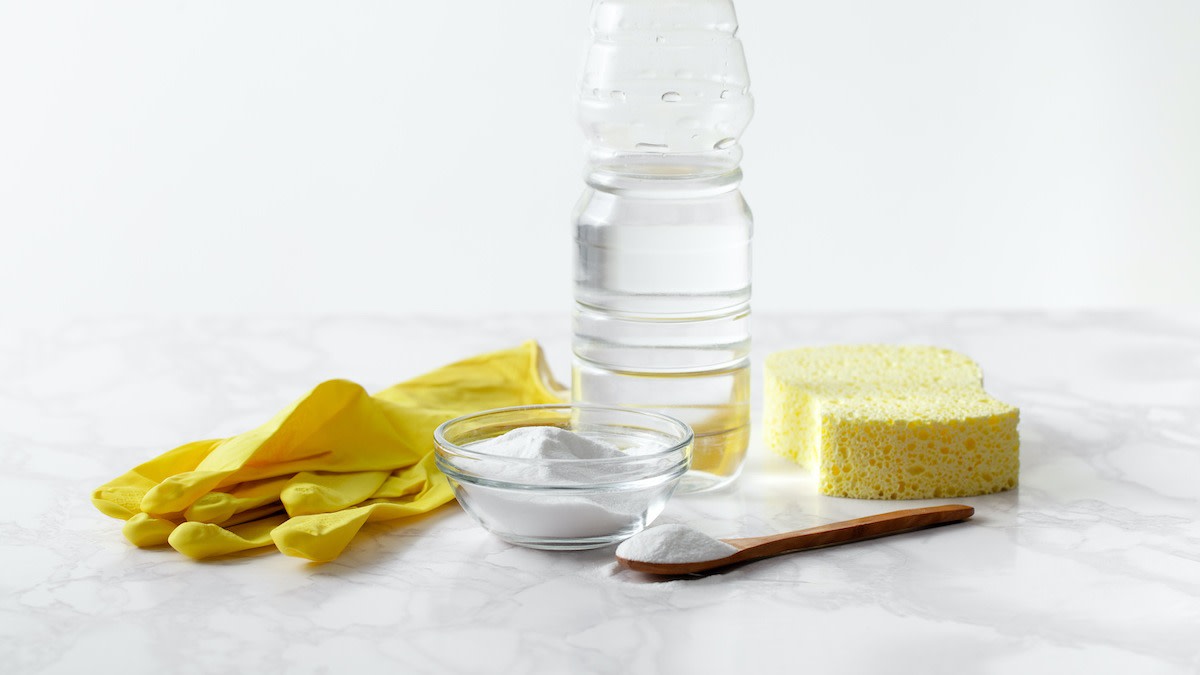How to Remove White Mold From Wood
Written by MasterClass
Last updated: Jun 7, 2021 • 3 min read
White mold can be a problem for any building or homeowner. If you suspect you have a white mold problem in your home or office, you’ll need to take the necessary steps to immediately remove it.
Learn From the Best
What Is White Mold?
White mold is a powdery fungus made up of different fungal species that can appear white, green, or grey, depending on the type of surface it has infected. Like most molds, white mold thrives in areas with high moisture like showers, crawl spaces, basements, and leaky walls. Mold can spread quickly as long as it has a reliable food source like cellulose (made of starch and sugar), which is found in most wood products, making floors, beams, wood furniture, decks, and ceilings popular places for mold to inhabit.
Why Is White Mold Bad?
Like most mold types, white mold ruins the structural integrity of a home or building by eating away its foundation—like fungal termites. Like black mold, white mold can cause many health problems, such as respiratory infections, dizziness, allergic reactions, headaches, and eye and skin irritations. Mold is particularly dangerous to those who have asthma.
How to Identify White Mold
Although mold stains indicate a moisture problem, you can identify white mold with a water test. Use a spray bottle filled with water to spritz the signs of mold with water. If any of the pieces dissolve, it’s salt and not mold. However, if the white substance stays affixed to the area, you’re likely dealing with mold. Additionally, white mold can be confused with mildew or another condition called efflorescence, a build-up of salt that can mimic the appearance of white mold.
How to Remove White Mold From Wood
Large amounts of white mold can be hazardous to your health, so you should always call a professional to get rid of mold that covers bigger areas or has spread deeply into wood or drywall. However, mold removal on smaller, surface-level areas can be manageable enough to tackle on your own. For DIY cleaning solutions on how to remove mold, see below:
- 1. Wear protective gear. Even removing mold for small areas will require you to wear safety goggles, a long-sleeved shirt, a mask, rubber gloves, and any other necessary gear that keeps your skin and airways safe from harmful mold spores.
- 2. Ventilate. If possible, take the affected material outside to treat it. If the mold is part of an immovable structure, open the windows or use a dehumidifier to ensure fresh air flows through the room.
- 3. Vacuum the affected area. Before removing the mold, use a vacuum to clean up the moldy area. Vacuuming can help clean mold by minimizing the number of loose spores that spread as you start to wash it.
- 4. Wash the material. Use soap, water, and a soft-bristled scrub brush to scrub down the affected area. If you’re working with raw wood, you can use a cloth rag with a small amount of bleach to wipe down the moldy area. If you’re working with drywall, only use a soft rag to clean the mold to avoid scratching the material.
- 5. Use baking soda. Mixing baking soda with water and applying it to the white mold is another effective removal method. Pour baking soda and water into a spray bottle and let the powder dissolve. Spray the solution onto the moldy surface, then scrub with a soft brush or soft cloth. You can also spray some of the baking soda and water solution on the mold after the cleaning if it needs additional disinfection.
- 6. Use distilled vinegar. If you need more mold-destroying power, try spraying the infected area with a bottle of undiluted distilled white vinegar, and leave the treatment on the mold for at least an hour. After it air-dries, you can wipe down the surface with a soft cloth.
- 7. Use chlorine bleach. Chlorine bleach is an effective way to eliminate surface mold. You can use a solution of chlorine bleach and warm water to apply to the mold (avoid rinsing). If dealing with a more porous surface, you can add a small amount of dishwashing soap to the mixture—however, with soap, you will have to rinse after application.
- 8. Sand the surface. After you’ve treated the mold growth, it may be necessary to sand down the affected area, especially if working with a wood surface. Use sandpaper or a sanding tool to buff away the rest of the moldy wood or other surface and repaint/reseal if necessary.
Learn More
Get the MasterClass Annual Membership for exclusive access to video lessons taught by masters, including Kelly Wearstler, Ron Finley, Brandon McMillan, and more.
